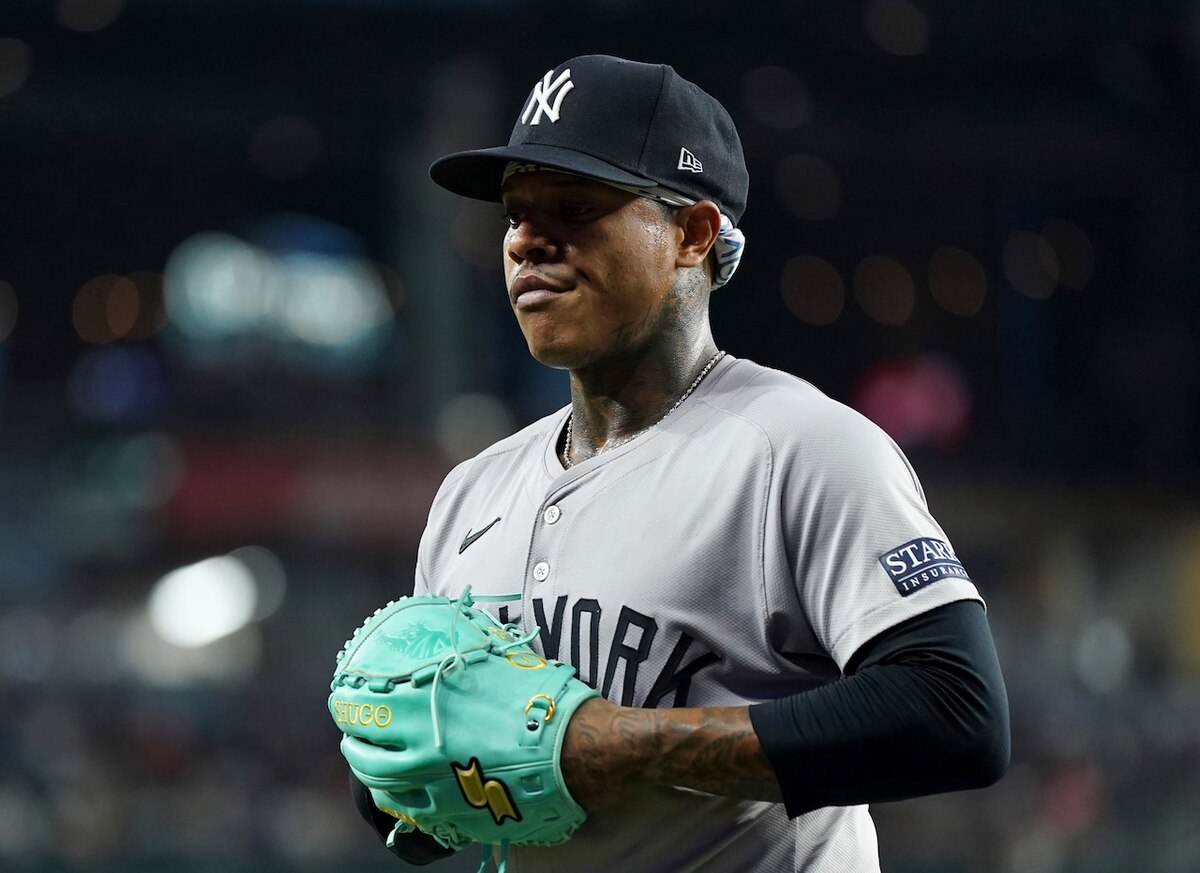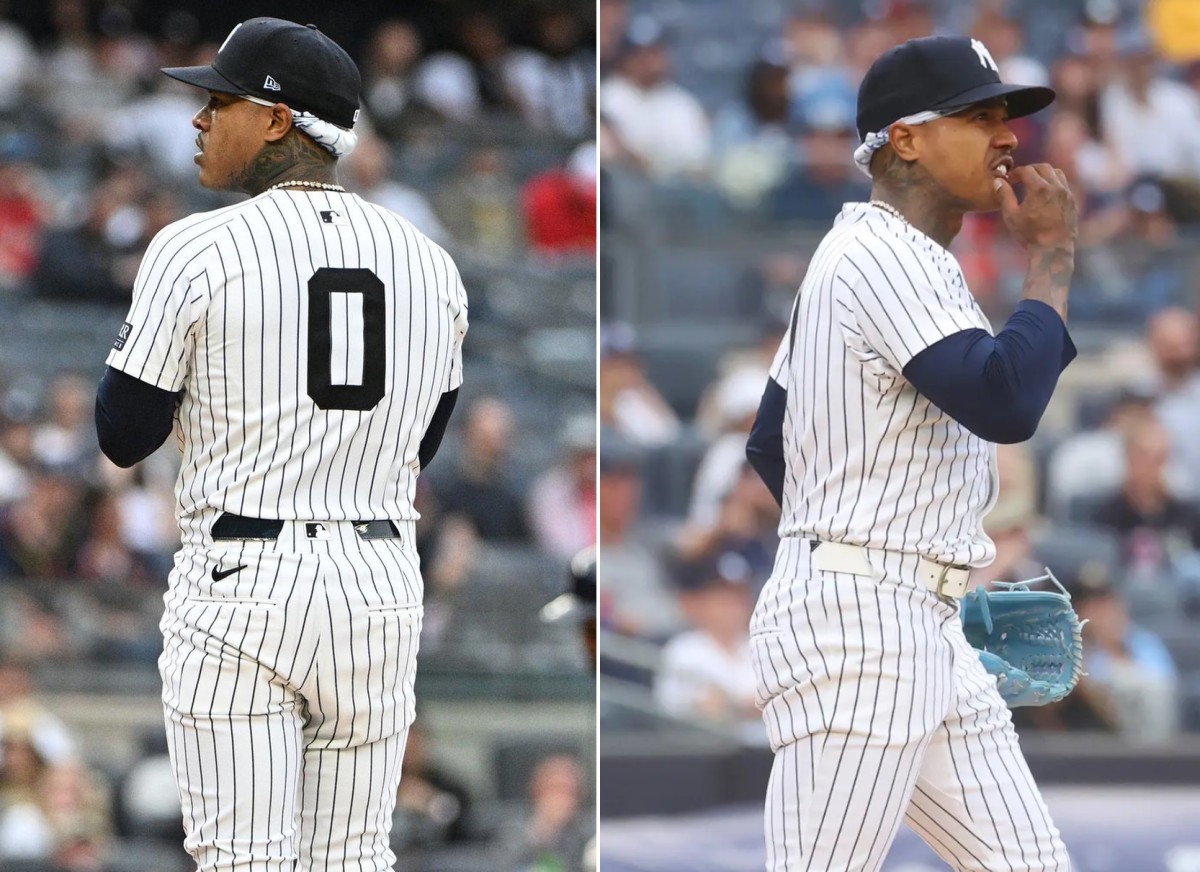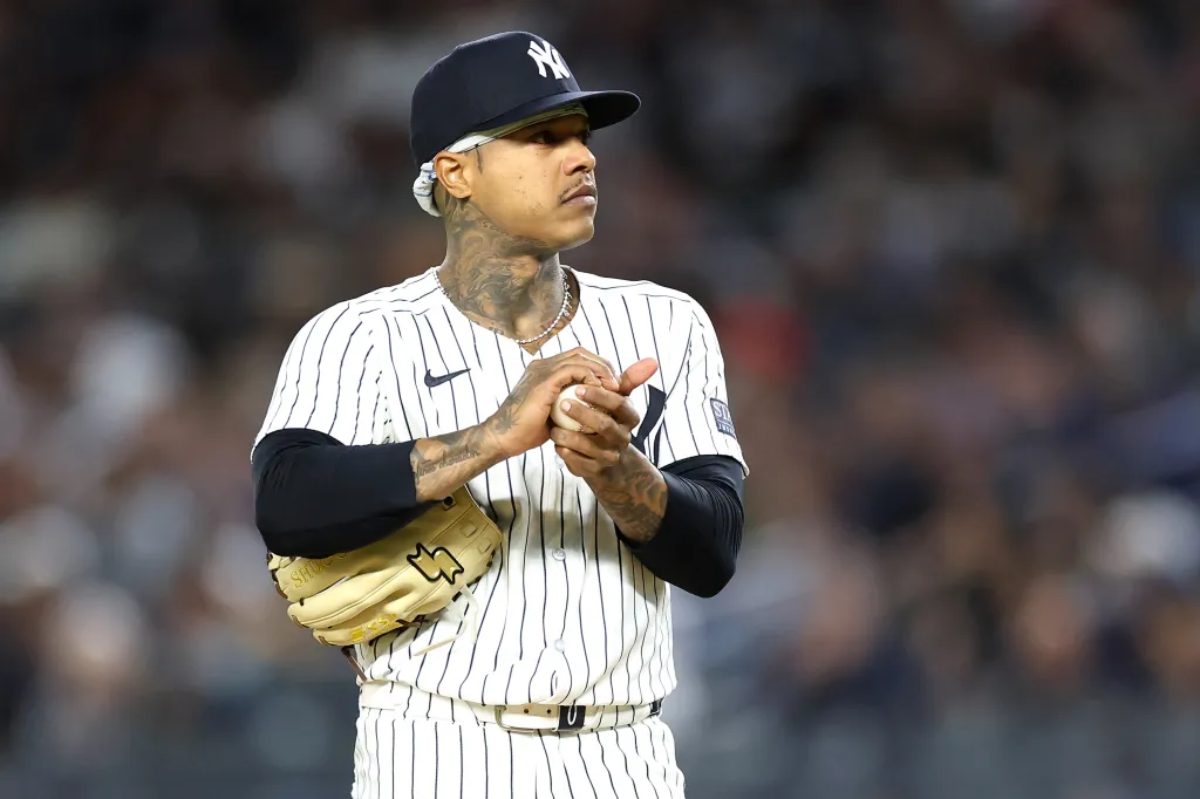Yankees dealing with Stroman stress as another Cashman move backfires


Esteban Quiñones
More Stories By Esteban Quiñones
- Mother’s Day: How Anthony Volpe’s mom molded him into a Yankee phenom
- Aaron Judge on verge of joining elite Yankees club, finds inspiration in Winfield, Jeter, CC
- Steinbrenner ‘got ears’ to hear Yankees’ challenges, yet no gurantee of change
- Michael Kay’s show heading to December ending amid uncertainty over ESPN deal
- Yankees’ Gleyber Torres projected to sign with NL West contender
Table of Contents
The Yankees’ offseason signing of Marcus Stroman is drawing early scrutiny as one of their more uncertain recent free-agent moves. The two-year, $37 million deal includes a conditional player option for 2026, which becomes active if Stroman pitches over 140 innings next season.
Stroman, 33, joined the Yankees following a solid stint with the Chicago Cubs, where he posted a 3.95 ERA across 136.2 innings in 2023. At the time, the Yankees saw him as a reliable addition to bolster the back end of their rotation, despite injury issues that slowed him late in the season.
Now, however, the decision is under reassessment within the organization. With evolving strategic needs, the contract’s structure and Stroman’s projected role may be less aligned with the Yankees’ long-term goals than initially anticipated.
Stroman’s stats nose dive, put Yankees in a tight spot

Stroman’s recent statistics reflect a notable dip in his overall effectiveness, raising concerns about his role in the Yankees’ rotation. Over 154.2 innings, his ERA rose to 4.31, with an even higher expected ERA of 4.87. His strikeout rate dropped to 6.58 per nine innings, and his ability to strand baserunners slipped to 73.9%. Known for his ground-ball pitching, Stroman’s ground-ball rate fell to 49.2%, an 8% decrease from his prior career average.
These declining metrics turned Stroman from a reliable rotation piece to a potential liability, especially in key postseason situations. A career-high walk rate and reduced strikeout numbers have underscored his regression and raised questions about his future effectiveness within the Yankees’ pitching plans.

A closer look at Stroman’s advanced metrics reveals a concerning downturn. His ability to induce swings-and-misses ranked near the league’s bottom, sitting in the 10th percentile for whiff rate and an even lower 7th percentile in strikeout percentage. Opposing hitters made solid contact against him 40.2% of the time, placing him in the 36th percentile for hard-hit rate—among the lower third of MLB pitchers.
Stroman regression adds to Yankees’ rotation headache
A drop in velocity further underscored his struggles. His average fastball slowed from 92.2 mph in 2023 to 90.6 mph, while his go-to sinker, making up 35.1% of his pitches, became a liability. Opponents hit .306 against it with a .466 slugging percentage, a sharp decline for a pitch that had once been a cornerstone of his arsenal.

The downward trend in Stroman’s velocity is emerging as a significant concern for the Yankees as they prepare for the 2025 season. What initially seemed a sound investment has become an increasingly questionable financial commitment, with his performance falling short of expectations. While Stroman delivered 154 innings last season, his outings lacked the impact typically expected from a veteran starter.
The steady drop in pitch velocity raises red flags regarding his physical condition and long-term effectiveness. This decline in core pitching metrics hints at broader regression, complicating the Yankees’ rotation strategy and resource planning as they evaluate their options for the upcoming season.
What do you think? Leave your comment below.
- Categories: marcus stroman, Yankees rotation
- Tags: marcus stroman, Yankees rotation
Related posts:


 Follow Us
Follow Us









